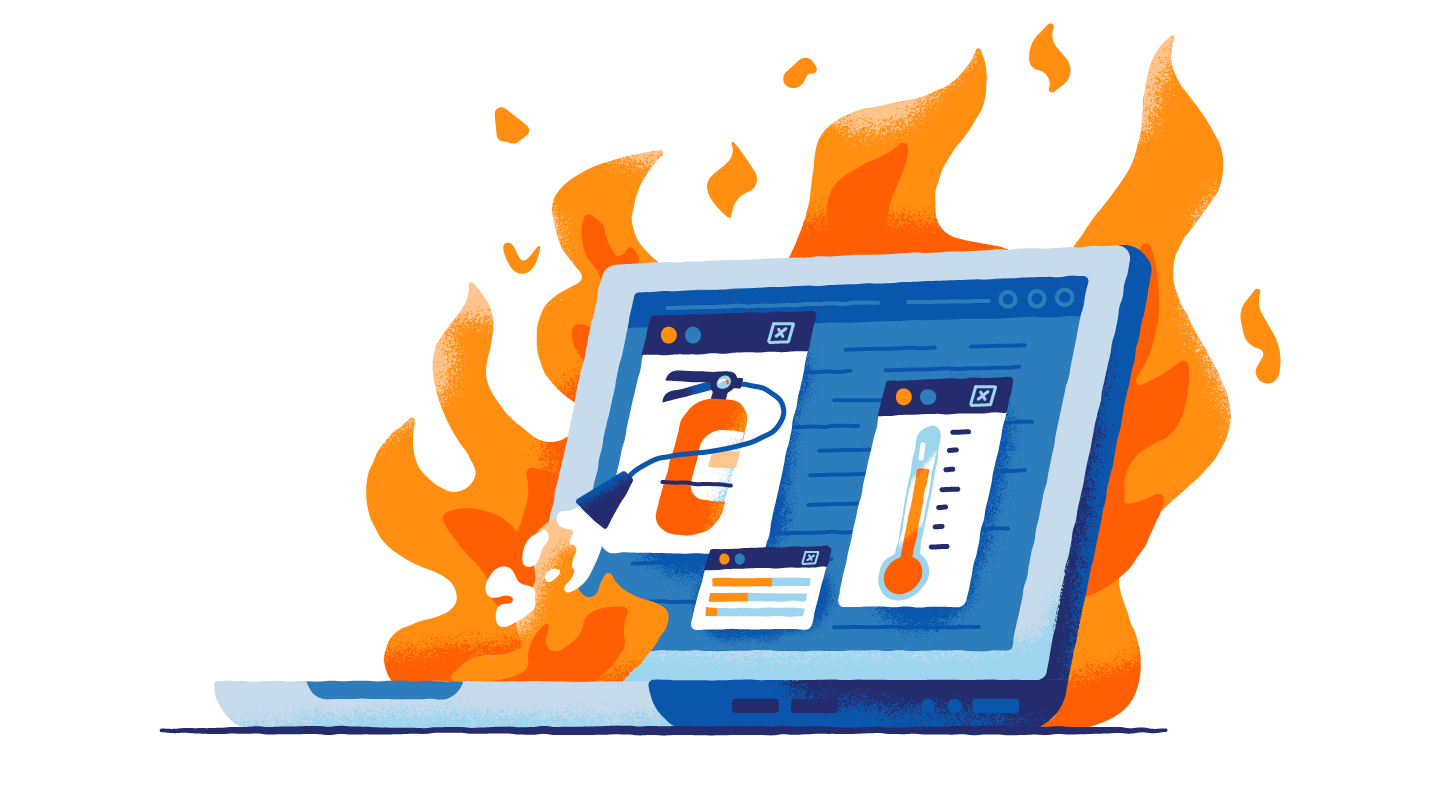What is malware?
You have probably heard the term malware before.
But what exactly is it?
How dangerous is it?
In this article, we explain what malware is and how to protect yourself.

What does malware mean?
Malware is actually a collective name for software that has bad intentions.
The name is a contraction of 'Malicious' and 'Software'.
Malware spreads in various ways, via emails, downloads, infected websites, USB sticks, and so on!
A brief history of malware
The first computer virus dates back as far as 1986. It was called 'Brain' and only worked on floppy disks!
Since then, the number of possible viruses as well as their capabilities have evolved.
It is estimated that today there are more than 1 billion types of computer viruses!
Cybercriminals are constantly developing new ways to infect computers and networks.
Different types of malware
There are many different types of malware.
- Adware
- Adware is software that displays unwanted ads on your computer.
- Adware is not particularly dangerous in itself, but it is very annoying!
- Ransomware
- Ransomware blocks certain files or the entire computer and then asks for 'ransom' to unblock it.
- Ransomware can lead to the loss of important data.
- Even if you pay the ransom, there is no guarantee that your files will be available again.
- Spyware
- Spyware secretly collects your data while you use your computer.
- As a result, third parties may gain access to your accounts, emails, or bank.
- Trojan horse
- A Trojan horse poses as legitimate software but secretly contains software that collects your data or causes harm.
- Trojan horses can, in some cases, control your computer or install other malware.
- Worm
- A worm tries to replicate itself and spread to all devices on the connected network.
- A worm often installs other malware or tries to obtain data from all infected devices.
- Combinations of malware
- Often different types of malware are combined.
- For example, adware often also contains spyware, and a Trojan horse can install ransomware.
How does malware end up on your device?
Malware is spread in many ways.
- Email: Do not open attachments or emails from senders you do not know!
- Downloads: Some websites are unreliable; it's best not to download files from them!
- USB sticks: If you find an unknown USB stick anywhere, do not plug it into your computer!
- Software bundle: Sometimes malware is bundled with legitimate software!
How can you protect yourself against malware?
Pay attention to the following points to protect yourself from malware!
- Antivirus software
- Antivirus programs are designed to detect, block, and remove malware as quickly as possible.
- Malware is constantly evolving, so make sure your antivirus software is up to date!
- Backups
- By regularly making backups of your data, you are less vulnerable to data loss during malware attacks.
- Update operating system
- Operating system updates often contain improvements for your computer's security.
- Be cautious
- Even with the above measures, it is best to be cautious with emails, downloads, and websites.
Conclusion
Malware software is often very good at masquerading as legitimate software.
Malware can steal your data, slow down your system, and erase or block your data.
It is advisable to always run an up-to-date antivirus software program to prevent and limit the damage.
Regular backups are also recommended to ensure that your data is always safe.


















